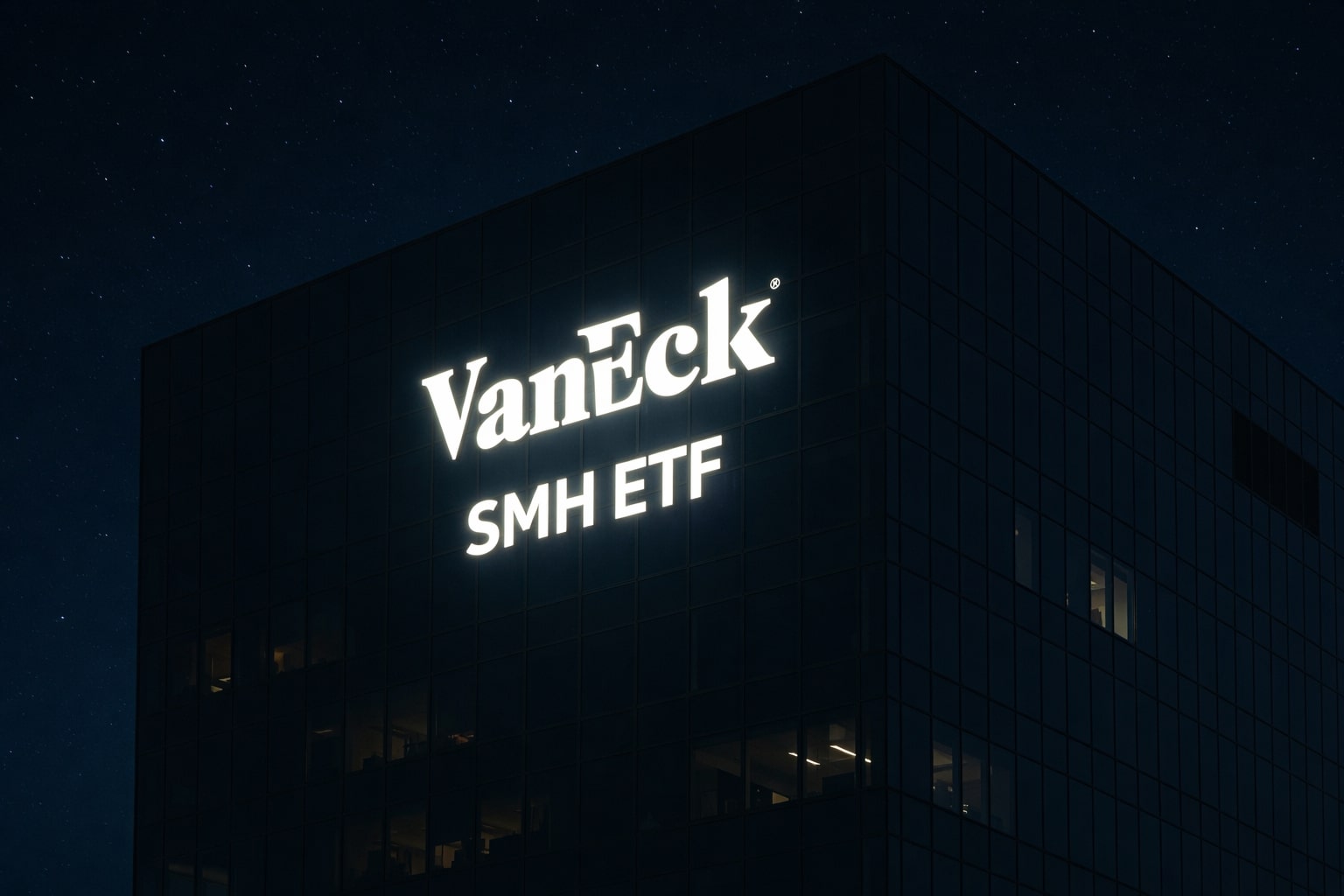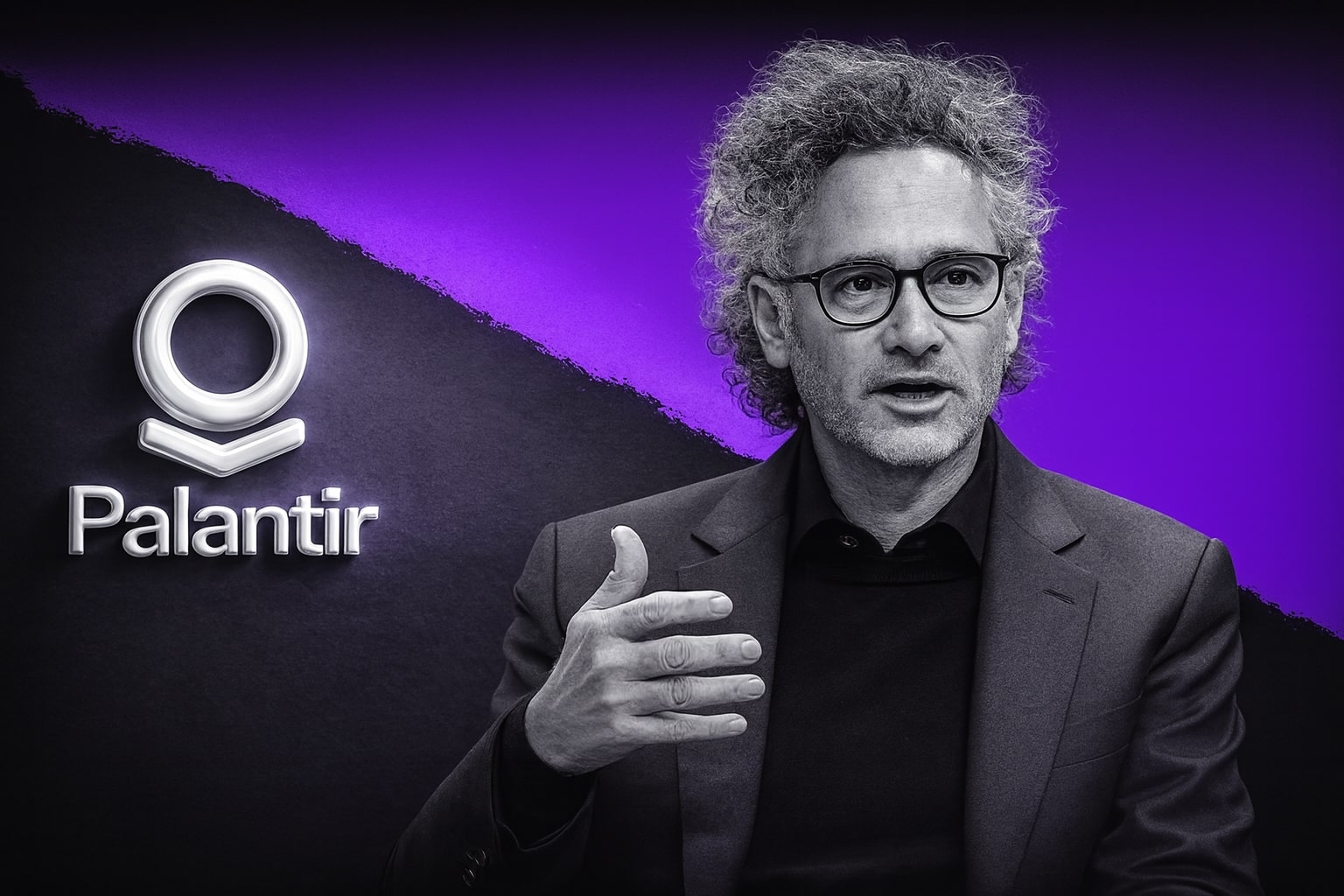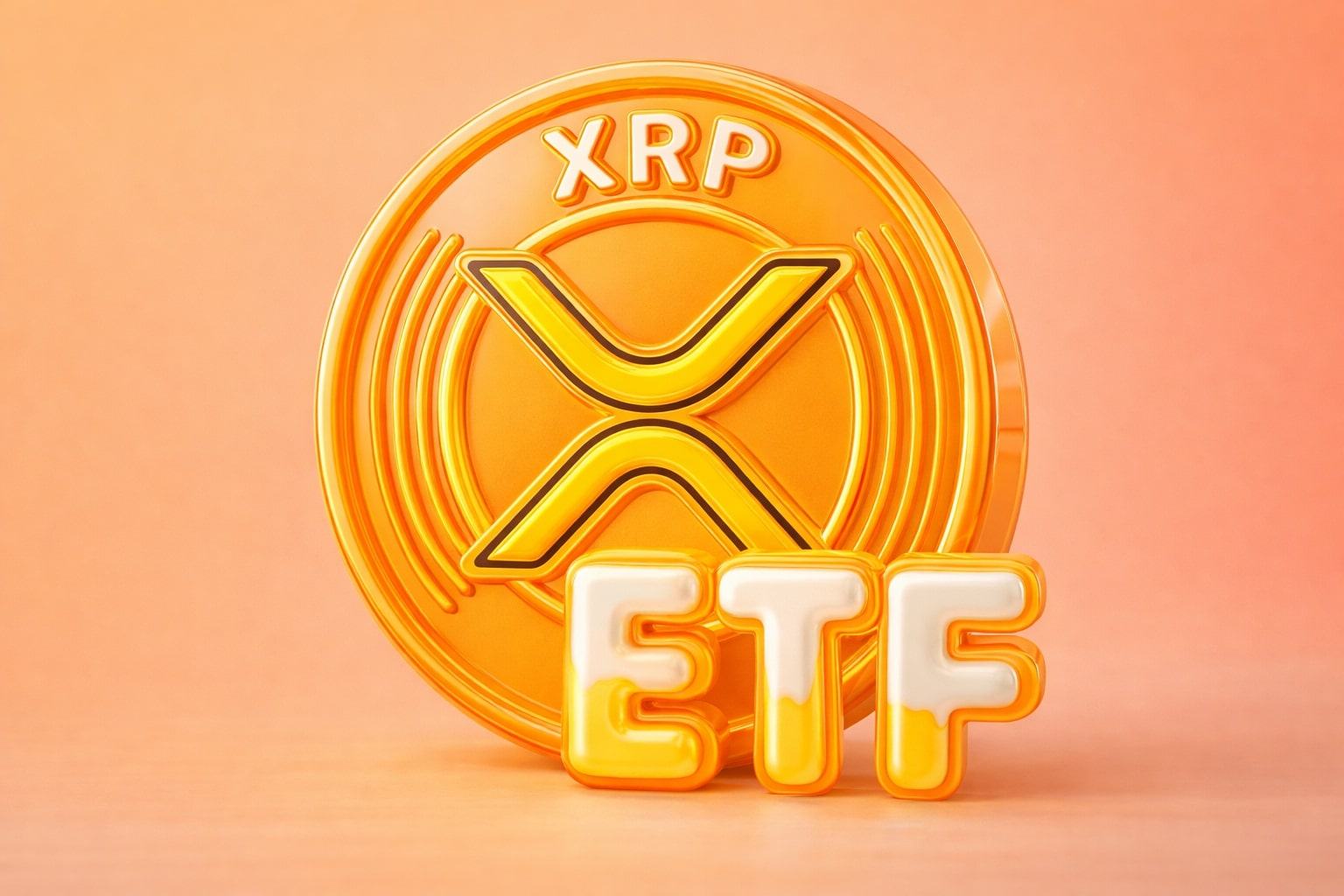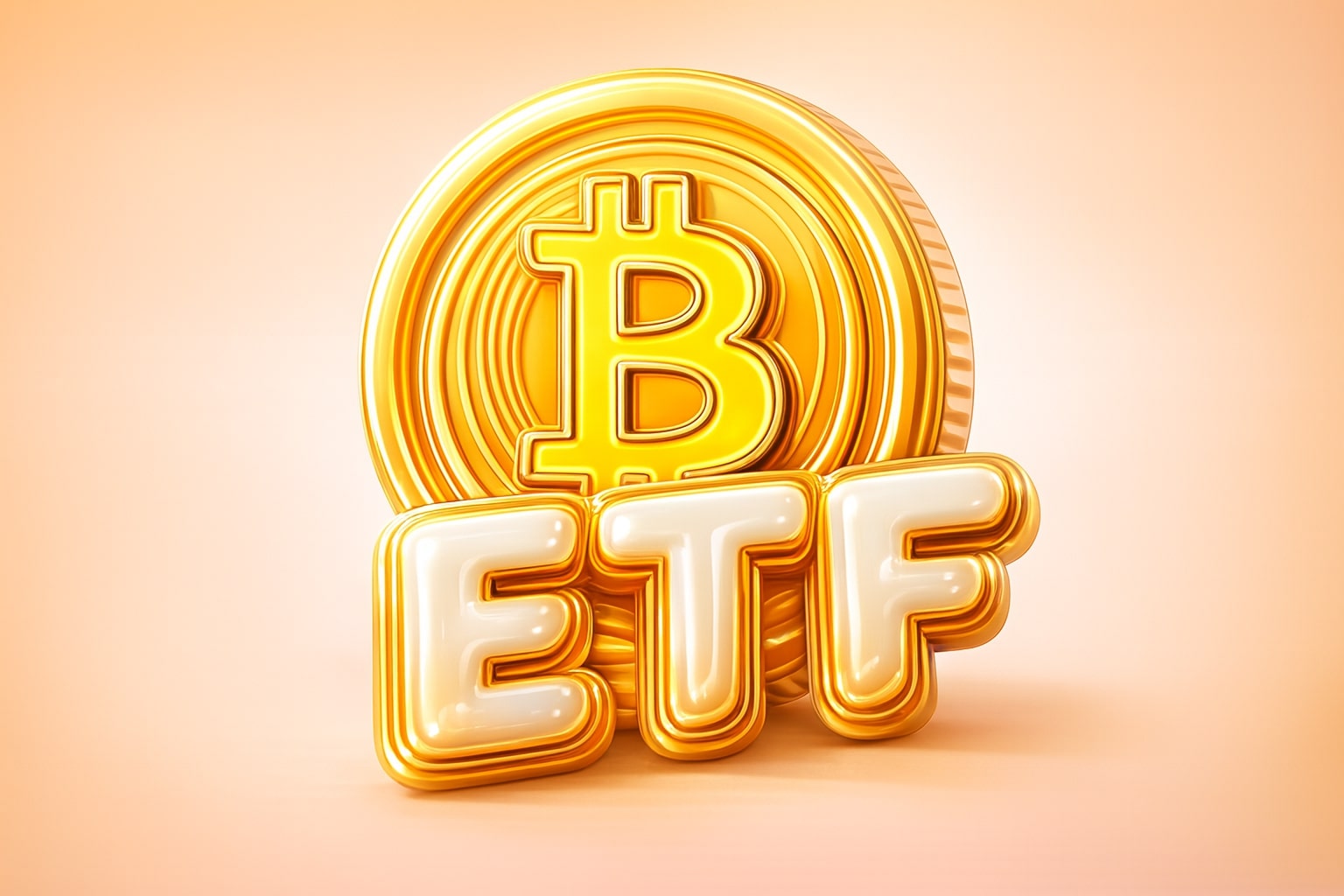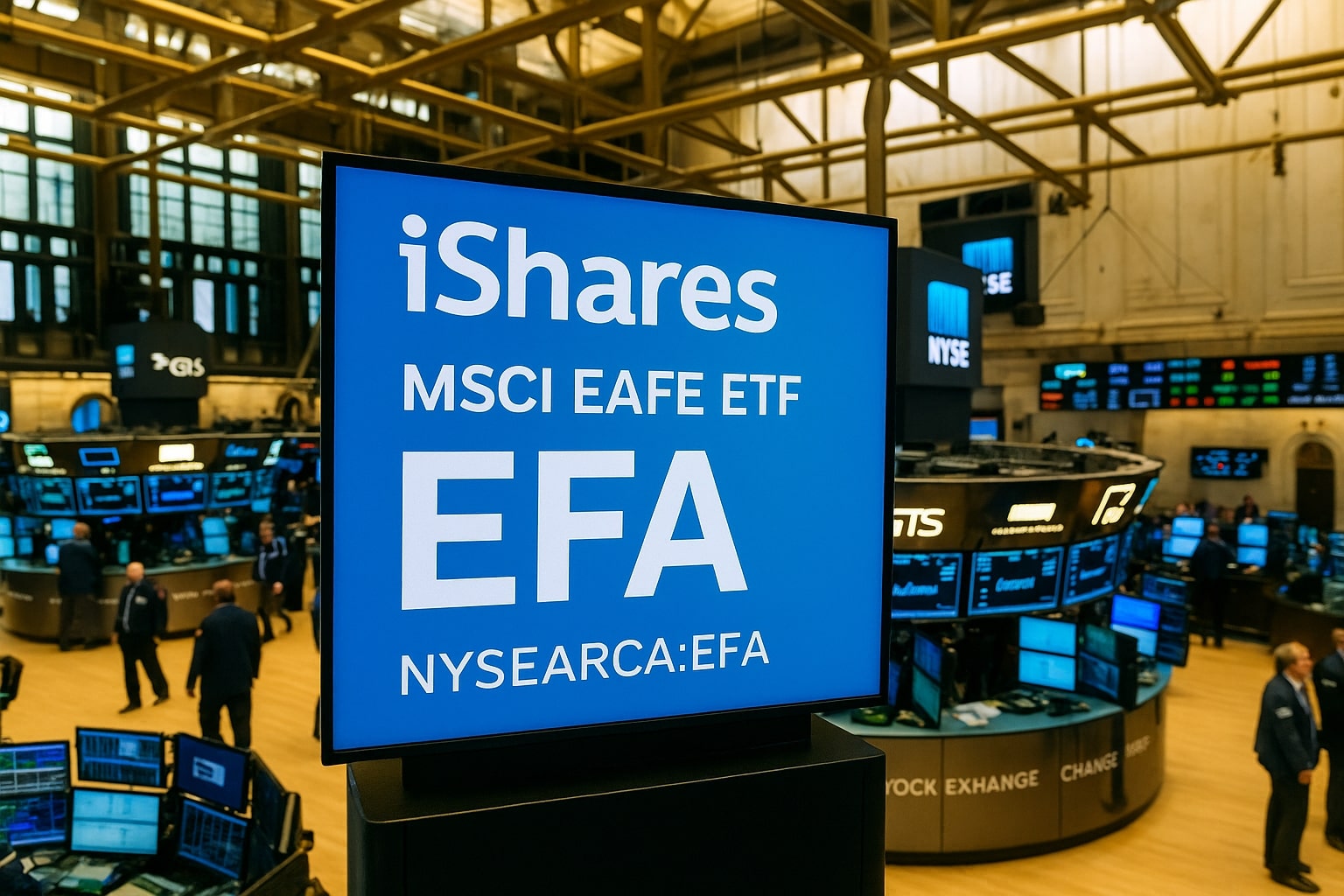
Is the NYSEARCA:EFA ETF Primed for Strong Growth with a 14% YTD Return?
How does the NYSEARCA:EFA ETF’s low P/E ratio and diversified exposure make it an attractive investment? | That's TradingNEWS
Strong Start to the Year for NYSEARCA:EFA ETF
The NYSEARCA:EFA ETF has experienced one of its best starts to the year in this century, posting an impressive 14% return year-to-date (YTD). This comes despite challenges faced by U.S. stocks, which have been struggling with macroeconomic concerns such as inflation, geopolitical tensions, and the potential for a global slowdown. Amid these uncertainties, the EFA ETF has stood out for its performance in international developed markets, signaling bullish momentum.
Low Valuation and Strong Potential
The EFA ETF provides investors with exposure to over 900 developed market stocks, excluding the U.S. and Canada. It tracks the MSCI EAFE Index, focusing on European, Australasian, and Far Eastern equities. As of May 2025, the ETF is trading at a relatively low P/E ratio of 14x, which presents a compelling opportunity for value investors. This low valuation suggests that the ETF could offer a 7% price return over the next decade, assuming earnings growth remains flat, making it an attractive option compared to the higher valuations of U.S. equities.
Diverse Sector and Country Allocation
One of the standout features of the EFA ETF is its diversified sector and country allocations. The largest country allocations include Japan (21.63%), the United Kingdom (14.79%), and France (11.33%), together making up about 48% of the fund’s total exposure. Unlike U.S.-focused funds, EFA has significant diversification in its individual stock holdings. The largest single holding, SAP, represents only 1.71% of the total assets, a stark contrast to U.S. equity indices like the S&P 500, where Apple accounts for 7% of the index.
In terms of sectors, the ETF has significant weight in Financials (23%) and Industrials (18%), while Information Technology comprises just 9%. This sector distribution contrasts with the S&P 500, where Information Technology makes up 30% of the index. This difference has contributed to EFA's recent outperformance, especially as sectors like Financials have benefited from a weaker dollar and global market volatility.
Solid Liquidity and Low Expense Ratio
The EFA ETF is not only large but also highly liquid, with over $61 billion in assets under management (AUM) as of May 2025. The ETF’s expense ratio is 0.32%, which is relatively reasonable given its strong performance and diversified portfolio. While it is higher than some competitors like Vanguard’s FTSE Developed Markets Index Fund ETF (VEA) and iShares Core MSCI EAFE ETF (IEFA), which have lower expense ratios of 0.05% and 0.07% respectively, the difference is justified by EFA's solid performance and the range of exposures it offers.
With an average daily trading volume of 17 million shares, EFA offers investors high liquidity, making it easy to enter and exit positions without significant slippage. The 30-day median bid/ask spread is just a single basis point, which enhances its appeal to investors seeking liquidity and efficient trading conditions.
Attractive Dividend Yield
For income-focused investors, EFA ETF offers a dividend yield of 2.9%, which is competitive in comparison to other equity indices. This yield is higher than that of the S&P 500 (1.36%) and Russell 2000 (1.23%), as well as the Canadian market, which typically emphasizes dividends but only offers a 2.1% yield. This dividend yield, coupled with the ETF's strong performance, provides a solid income-generating investment for those seeking exposure to international markets.
Potential for Long-Term Growth
With its low valuation, solid dividend yield, and diversified exposure to developed markets, the EFA ETF is positioned for potential long-term growth. Despite its relative underperformance compared to U.S. stocks, it remains an attractive option for investors looking to diversify their portfolios beyond North America. Given its current performance, EFA has the potential to exceed its 2007 high and deliver strong returns in the coming years.
That's TradingNEWS
Read More
-
SMH ETF: NASDAQ:SMH Hovering at $350 With AI, NVDA and CHIPS Act Fueling the Next Move
16.12.2025 · TradingNEWS ArchiveStocks
-
XRP ETFs XRPI and XRPR: Can $1B Inflows Lift XRP-USD From $1.93 Back Toward $3.66?
16.12.2025 · TradingNEWS ArchiveCrypto
-
Natural Gas Price Forecast: NG=F Falls to $3.80–$3.94 as Warm Winter Kills $5.50 Spike
16.12.2025 · TradingNEWS ArchiveCommodities
-
USD/JPY Price Forecast - USDJPY=X Slides, BoJ 0.50% Hike, Fed Cut and NFP Set the Next Big Move
16.12.2025 · TradingNEWS ArchiveForex














